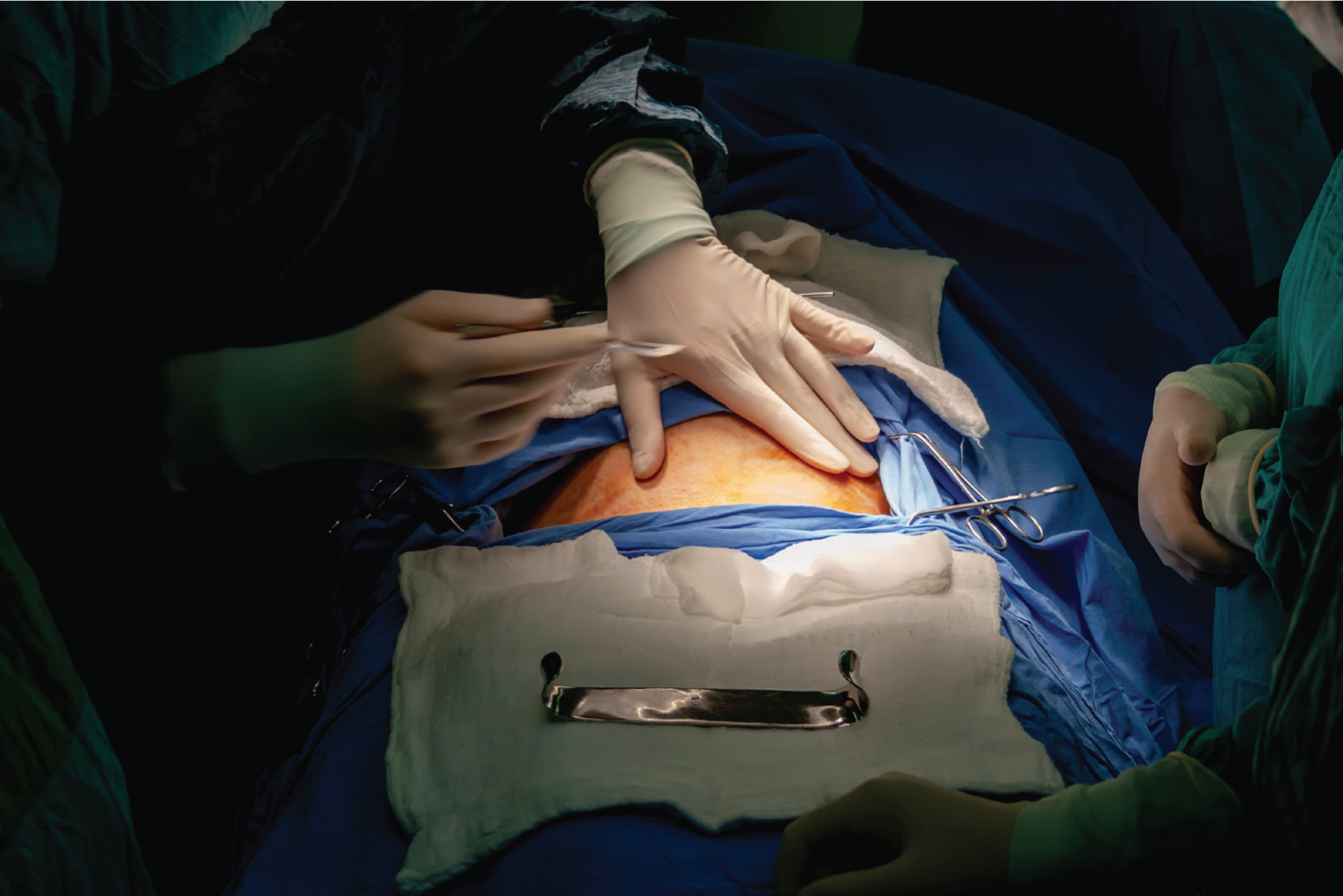According to the UK's National Institute for Health and Care Excellence (2021), 25–30% of women have a caesarean section. On a global scale, Boerma et al (2018) note that in 2015, caesarean section accounted for an estimated 29.7 million (21.1%) of 140.6 million live births, an increase from 16.0 million (12.1%) of 131.9 million livebirths in 2000, and they cite ‘strong evidence of overuse of caesarean section (ie beyond what is medically necessary) in all parts of the world.’
In Europe, the lowest willingness to comply with maternal requests and attitudes toward maternal autonomy is found in Spain and France, and the highest willingness to comply is found in the UK and Germany (Eide and Bærøe, 2021). However, the nature of autonomy is open to discussion, with Eide and Bærøe (2021) citing evidence for the view that an autonomous decision must be intentional and the result of deliberation that takes account of relevant information, with the individual free from adverse influences like coercion and deception. However, in medical practice ‘the patient may not have a right to choose treatment outside of the “healthcare menu” as defined by the healthcare professionals and/or policymakers…[so that] a woman cannot demand a planned caesarean section unless a physician finds it medically indicated’ (Eide and Bærøe, 2021).
It is significant that in February 2022 the Sunday Times reported that Professor Jacqueline Dunkley-Bent, NHS England's chief midwife, and Dr Matthew Jolly, the national clinical director for maternity, had instructed ‘all maternity services to stop using total caesarean section rates as a means of performance management’ (Lintern, 2022), and expressed concern at ‘the potential for services to pursue targets that may be clinically inappropriate and unsafe in individual cases’. Earlier, in February 2021, in evidence to the Health and Social Care Committee (HSCC, 2021) at the House of Commons on the safety of maternity services, Dr Jolly stated that ‘[w]e have not actually used caesarean section rates as a performance metric for many years’ and while Professor Dunkley-Bent observed that an open and transparent culture was better than a defensive one, she cautioned that ‘it takes time. It is time we do not have, but nonetheless it takes time.’

If healthcare professionals accept that ‘it takes time’ to achieve the cultural change envisioned by Professor Dunkley-Bent, the corollary is that the possibility of an impasse remains when a woman and healthcare professional disagree over whether a woman requesting a caesarean section should receive one in the absence of a compelling medical reason. Eide and Bærøe (2021) demonstrate that central to the maternal-professional relationship is ‘a nexus of power, trust and risk that reinforces a structural inferiority for women’, noting that to accommodate the beneficial use of power, decision-making processes need to be trustworthy. Shared decision-making rather than a reliance on paternalistic authority is one means of establishing trust. In this context, it is interesting that nowhere in the 36-page report of the HSCC (2021) does the word ‘trust’ appear in the sense of a firm belief in the reliability, truth or ability of someone or something.
Romanis (2022), while agreeing with Eide and Bærøe (2021) that birthing people are ‘placed in a situation of structural inferiority’ when selecting an appropriate birth mode, maintains that Eide and Bærøe give the potentially misleading impression ‘that conflict between personal autonomy and professional integrity is not an uncommon occurrence where caesarean is requested’ (Romanis, 2022). Romanis (2022) suggests that to frame maternal request for caesarean section as an area of possible conflict needs examination since ‘[e]mpirical evidence does not support the assertion that maternal request for a caesarean section is not “clinically indicated” and thus it is not a procedure that inevitably engages a physician's “professional integrity” in the way assumed’ (Romanis, 2022). Romanis (2022) also argues that the counselling reforms envisaged by Eide and Bærøe (2021) ‘are difficult to implement without first addressing the myths surrounding maternal request for a caesarean section, precisely because, as the authors acknowledge, obstetricians retain the power to control the dialogue.’
Romanis (2022) goes on to say that when obstetricians advise against maternal request for a caesarean section, the opportunity should arise for them to acknowledge and openly express the values that underpin their decision-making ‘and specifically where and why the benefits recognised by individual birthing people are not recognised by obstetricians…there needs to be investigation as to why birthing people's mental health perhaps is not respected as it ought to be.’
While Professor Dunkley-Bent warns that time is needed for cultural change (HSCC, 2021), conversations continue. For instance, in the British Journal of Obstetrics and Gynaecology (Gee, 2015) debate, one view held that ‘[t]he mother's autonomy should be paramount and any denial of choice, providing the woman has the capacity to make a reasonable decision is passively paternalistic’ and another argues against caesarean section on demand, citing the estimation that ‘every 1% reduction in caesarean section could save the NHS ~£5 million.’
Dunkley-Bent and Jolly's letter (Lintern, 2022) lends a welcome and added impetus to the debate over maternal request for a caesarean section and its place in an ethical landscape in which 21st century midwifery is evolving. But the pace of cultural change remains a rate-determining step.


